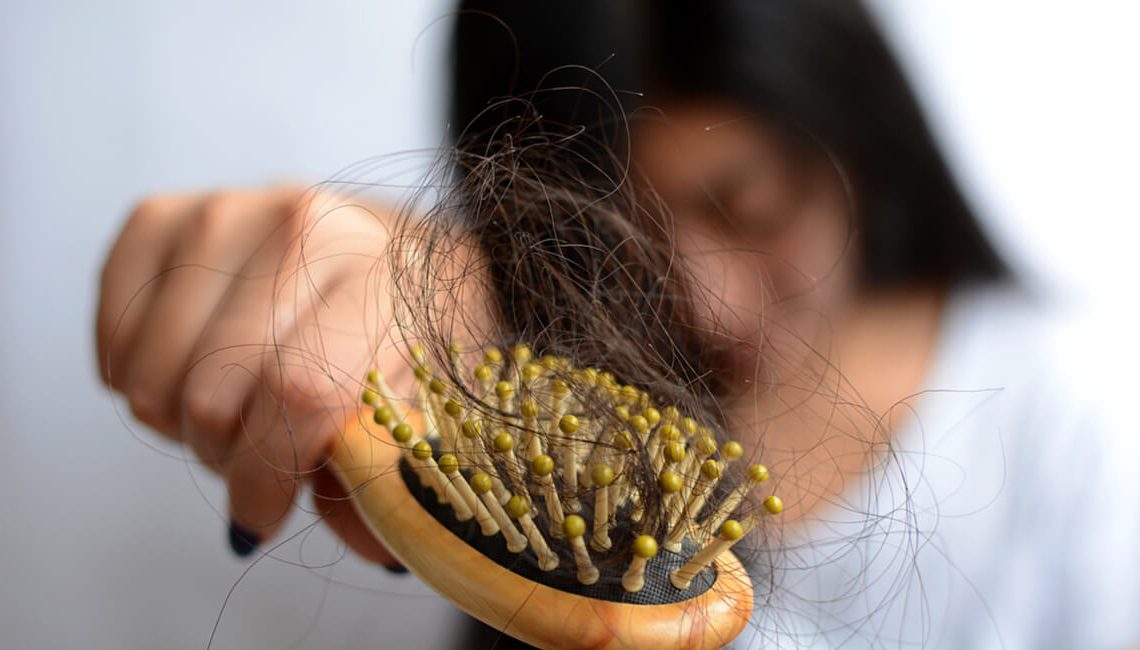
Balding isn’t only down to genetics. Research has highlighted the role of environmental factors and of our lifestyle. If you really care about your hair, adopt some positive habits.
Hair loss, or androgenic alopecia (AGA), is down to androgenic hormonal factors and genetic causes, but there exist other external (contributory) causes. Having relatives with alopecia, especially on the mother’s size, increases the risk of balding, but people should be aware that environmental factors and bad lifestyle choices can also play an important part.
A receding hairline concerns almost all men. Full-blown alopecia or balding on the crown of the head is rarer, but the incidence increases with age. 31% of individuals between 40 and 55 and 53% of 65 to 69-year olds suffer from this type of balding.
Only 30% of women over 60 suffer from full-blown alopecia. It’s less conspicuous than in men due to its peculiar distribution, with hair thinning mainly in the frontal-parietal area. This is what statistics say. But is balding an inevitable destiny, or can we change the figures by intervening on certain behaviors and habits?
Healthy life, healthy hair.
First and foremost, the secret to healthy hair is taking good care of it. The scalp must be washed often (even every day, if necessary), with a delicate shampoo and lukewarm water, to avoid dirt, sebum and dandruff stagnation on the skin. Other hitherto overlooked habits are now being studied in relation with alopecia. For instance, alcohol consumption in men increases the risk of balding in the frontal and apical areas.
Weight gain and an increase in BMI upon hitting maturity (around 21 years old) are associated with a higher risk of balding at the crown. This can be due to the correlation between blood sugar levels and the patient’s hormonal balance. In individuals at risk for type 2 diabetes (the weight-related type), the disease presents as “insulin resistance”, a phenomenon by which blood sugar levels go up due to cells’ diminished insulin sensibility (insulin is the hormone which stimulates cells to uptake glucose from the bloodstream).
The correlation between female AGA, insulin-resistance and polycystic ovary syndrome (in turn caused by insulin resistance) is the focus of the most recent epidemiological studies on female hair loss. In fact, women suffering from AGA displayed a significant increase in lab parameters and anthropometric measurements which correlate with insulin-resistance, compared to the non-alopecic or minimal hair thinning groups. All this will shed light on possible effective prevention mechanisms of hair loss for both women and men; furthermore, given the bond to cardiovascular risk factors, it also translates into more far-reaching considerations for our health.
The faults of smoking.
Apart from being an important cause of morbidity and death, smoking also has side effects on the skin. Both passive and active smoke causes premature aging, worsening of inflammatory conditions and even alopecia. In fact, smoking damages the hair follicle’s micro-circulation, right at the root of the hair, producing toxic substances which damage the follicle’s DNA and create unbalance in the hair’s life cycle control mechanisms.
The sun is also to blame.
We all know that ultraviolet solar radiation is the cause of premature aging, and a risk factor for skin cancer. This is due to progressive hair thinning, exposing the scalp to the sun’s rays. Photosensitive dermatosis, chronic photodamaging, cancer lesions: the conditions which a bald person is exposed to as a consequence of excessive cutaneous exposure to UV radiation are well known. But the effects of this exposure on the hair loss process have long been ignored.
However, recent research has proven how UV rays can have negative effects on hair itself: there are descriptions of cases of widespread hair loss and hair follicle micro-inflammation due to massive solar exposure of the head. The stress caused by ultraviolet radiation, together with that caused by irritating or polluted substances, can cause an increase in free radicals and inflammation, i.e. the processes which damage the skin cells, including the ones in the hair follicle.
The effects of psycho-emotional stress.
Laboratory experiments have proven how stress, too, causes micro-inflammation around the hair follicle (measured by the levels of a chemical mediator called P substance); furthermore, the typical stress-induced alterations of the blood circulation (vasoconstriction) reduces the supply of nutritional substances to the hair root.
In conclusion, to prevent balding, start cutting down on your excesses, be it food, alcohol, smoking, sun tanning or stress. To keep your hair on your head, you must keep your head on your shoulders.
Article of Dr Adele Sparavigna for https://4me.styl


